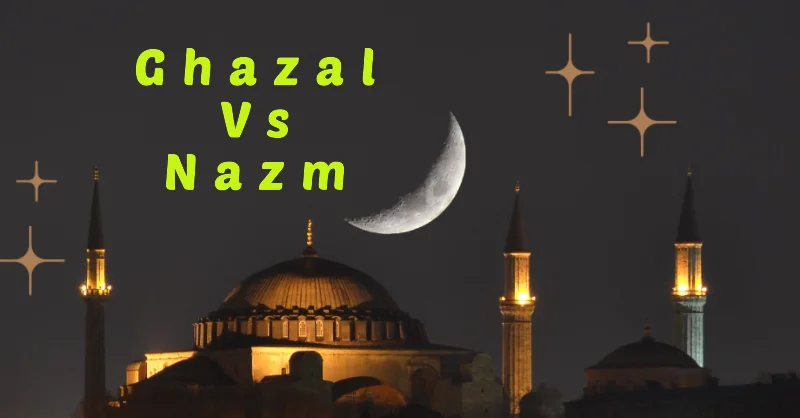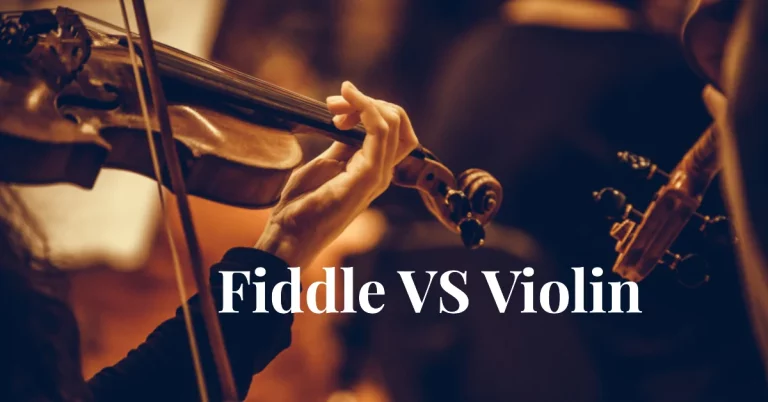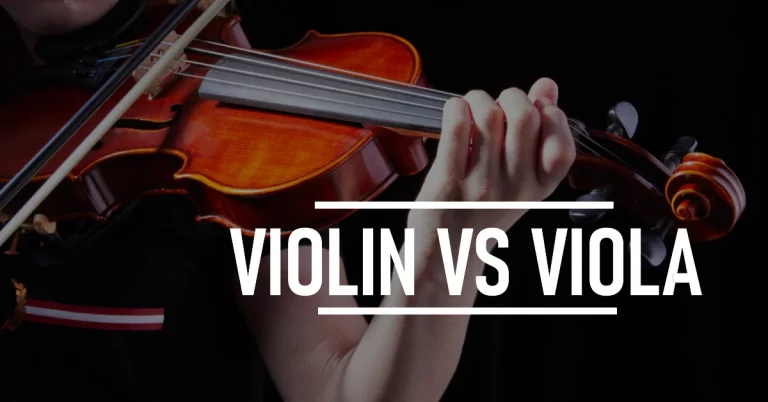Understanding the Difference Between Ghazal and Nazm in Urdu Shayari
Ghazal and nazm are two immensely popular form of poetry in Urdu. While both consist of shers (couplets), the key difference is that ghazal is structured poetry with a fixed number of shers and follows strict rules of radeef and qafiya. Nazm, on the other hand, is free verse focused on a single theme with no requirements of rhyme or refrain.
In this blog post, we will dive deep into ghazal and nazm to understand their origins, structures, topics, rhyme schemes, and other technical differences. Read on to gain a better appreciation for these two poetic treasures of Urdu literature.
What is a Ghazal?
Ghazal is one of the most prominent genres of poetry in Urdu, Hindi, Persian and Arabic literature. The word “ghazal” comes from the Arabic word “ghazal”, which means talking to women or conversing with beloved.
A ghazal is a collection of couplets known as shers. Each sher in a ghazal is an independent poem that talks about the pain of separation from the beloved and the beauty of love. The shers are strung together in a single ghazal through a common refrain known as radif.
Some key features of ghazal poetry:
- Each sher is around 2 lines, with the first line shorter and known as misra.
- The second line of each sher is longer than the first and is known as misra-e-saani.
- A ghazal contains a minimum of 5 shers and a maximum of 15 shers.
- The first sher of a ghazal is called matla and the last sher is called maqta.
- Each sher follows the rules of qafia (rhyme) and radif (refrain). The radif is present in both the lines of the first sher and the second line of all subsequent shers.
- The poet uses a takhallus or pen name in the maqta or last sher.
- Popular themes in ghazal poetry include love, longing, separation, beauty of the beloved. Sufi influences are also seen in many ghazals.
Some famous ghazal poets include Mirza Ghalib, Mir Taqi Mir, Daagh Dehlvi, Faiz Ahmed Faiz, and Meer. Ghazals are still being written in Urdu even today.
What is a Nazm?
The word nazm comes from Arabic which means coherence or sequence. As the name suggests, a nazm follows a logical sequence and discusses a single central theme.
Unlike a ghazal which talks about shringaar (love), a nazm can be about any topic under the sun – social issues, philosophical musings, plight of common people etc.
Some key features of nazm poetry:
- A nazm does not have a limit on the number of lines. It can extend from 4-5 lines to hundreds of lines.
- A nazm does not follow any rules of radif or qafia like a ghazal.
- However, rhyme and rhythm are still important features of a nazm.
- A nazm tells a story or makes a point about its central theme in a cohesive, structured flow.
- The language and imagery in a nazm is simpler compared to a ghazal.
- Popular nazm poets include Josh Malihabadi, Jigar Moradabadi, Firaq Gorakhpuri. Nazms are also written by contemporary poets.
Detailed Comparison table Difference Between Ghazal and Nazm
Now that we have understood the basic meaning of both form of urdu poetry, let’s discover difference between ghazal and nazam forms in detail:
| Parameter | Ghazal | Nazm |
|---|---|---|
| Etymology | Arabic, meaning ‘talking to women’ | Arabic, meaning ‘coherence or sequence’ |
| Form | Collection of independent couplets (shers) | Logically connected verses following a single theme or story |
| Lines per poem | Minimum 5, maximum 15 couplets | No limits, can vary from 4-5 lines to hundreds of lines |
| Themes | Love, beauty, longing, separation, intoxication, Sufism | Any theme like philosophy, social issues, nature, people’s plight |
| Rules | Strict rules of radif and qafia | No specific rules, but rhyme and rhythm important |
| Language | Complex vocabulary, metaphors and imagery | Simpler language and imagery compared to ghazal |
| Poets | Ghalib, Meer Taqi Meer, Daagh, Faiz | Josh Malihabadi, Jigar Moradabadi, Firaq Gorakhpuri |
| Popularity | Extremely popular even today | Popular but ghazal more prominent |
Let’s look at some of these parameters in more detail:

Lines and Structure
A ghazal contains a minimum of 5 shers (couplets) and a maximum of 15 shers. It has a very structured form with the first sher called the matla and last sher called the maqta.
Nazms have no limits on length – they can be very short around 4-5 lines or extremely long running into hundreds of lines. A nazm focuses on logically developing its central theme.
Themes and Topics
Love, romance, longing for the beloved are eternal themes of ghazal poetry along with Sufism. Every sher talks about an aspect of ishq (love).
A nazm can be about any theme under the sun. Nazms are written on nature, social issues, plight of common people, philosophy, snapshots of daily life and much more.
Rules of radif and qafia
Ghazals follow strict rules of radif and qafia. Radif is a word or phrase repeated in each couplet eg ‘hai’. Qafia refers to the rhyme which must be the same in all couplets of a ghazal.
Nazms are free verses with no requirements of radif or rhyming patterns. However, nazms also employ rhyme and rhythm to create melodious effect.
Language and Imagery
Ghazals extensively use metaphors, imagery, symbols and complex words to talk about the feelings and philosophy of love. The language is ornate and layered.
Nazms use relatively simple and conversational language. The imagery is also not as vivid and colorful as a ghazal. This allows nazms to communicate their theme more directly.
Popularity
Ghazals remain evergreen classics in the Urdu canon. They are popular not just in India and Pakistan but around the world. Ghazal singers like Jagjit Singh and Farida Khanum have taken it to global audiences.
Nazms are also admired but ghazals remain more prominent and influential. However, nazms played an important role in developing Urdu poetry in modern times.
So in summary, ghazals and nazms differ mainly in their form and structure, themes, rules for radif/qafia, language complexity and overall objectives. Hopefully this detailed comparison helps you better appreciate these two wonderful gifts of Urdu adab!
How to Develop Appreciation for Urdu Poetry
Here are some tips for readers to understand, enjoy and develop a lifelong interest in the magic of Urdu shayari:
- Read translations of Urdu poetry to understand the meaning and wisdom behind each sher and nazm
- Pay attention to the rhyme, rhythm, radif and repetition of words. This creates a melodious effect.
- Start with simpler Farsi or Urdu words. As you read more poetry, you will learn more vocabulary.
- Read about the poet’s history and period. This provides context to their writing style and preferred themes.
- Recite ghazals and nazms aloud. The oral rendition brings out the musical quality.
- Listen to recordings and watch performances of ghazals by masters like Ghulam Ali, Jagjit Singh, Farida Khanum etc.
- Join Mushairas and Kavi Sammelans in your community to immerse yourself in the experience.
- Discuss and share your understandings of the poetry with other enthusiasts.
- Try writing your own two-liner shers and nazms. It will give you an appreciation of the craft.
- Let the wisdom and beauty of Urdu poetry enrich your mind and nourish your soul.
Bottom line
Whether it is the intensity of Mirza Ghalib or the tenderness of Faiz Ahmed Faiz, Urdu poetry has the power to speak to our deepest emotions. Ghazals and nazms offer a window into this fragrant world of shringaar, introspection, social commentary and philosophical ideas.
Understanding the fine differences between these two forms develops a deeper admiration for the versatility of Urdu adab. We hope this blog post helped you learn, enjoy and fall in love with the magic of Urdu shayari!




